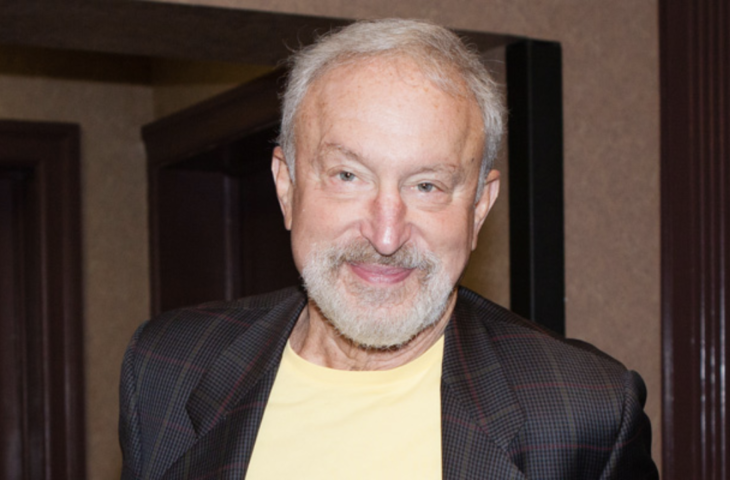By Harry Reich, MD, FACOG, FRCOG, FACS
The ideal treatment for endometriosis is a single surgery that removes all abnormal endometrial cells, thus resolving the ensuing condition. Success means choosing the right surgery, so repeated procedures are not necessary. The challenge for surgeons is that when symptoms of endometriosis begin, it is difficult to see the cells very well. As cell and scar tissue build up over time, the lesions that were microscopic in a 15-year-old become pebble-sized in a 25-year-old and much larger in a 35-year-old. Here is how treatment options should break down for patients, according to age.
Teen years – Because it is hard to see endometriosis lesions in teenagers, we generally treat the pain symptoms with hormone therapy, such as birth control pills. Hormone therapy is not a treatment for endometriosis itself, but it is usually an effective symptom reliever.
20s and 30s – Once I can feel endometriosis lesions and, removal by laparoscopic surgery is possible. This is especially important when patients want to get pregnant or their symptoms have worsened.
My method of choice is surgical excision using a CO2 laser (UltraPulse Duo, Lumenis). I have used the CO2 laser for a long time, and I appreciate its fine, focused, accurate beam, which allows me to remove the endometrial tissue from the normal tissue without collateral damage and with minimal bleeding. Excision can also be performed with scissors, but that method provides no hemostasis.
Other options include fulguration (achieved using common electrosurgical instruments) and ablation (electrosurgical instruments and lasers). The problem with these methods is that the surgeon cannot observe the depth of the lesion, so we don’t know if we’ve gotten all the abnormal cells. If I use fulguration or ablation on an active endometriosis lesion, there is a 50% chance it will still exist 6 months later and continue growing (even more aggressively due to the inflammatory response). Fulguration also can be challenging because if the surgeon touches the tissue with the device, it will damage the tissue, and it is difficult to avoid touching.
Dr. Camran Nezhat at Stanford University Medical Center in Palo Alto, California, uses combination approach of medical and surgical treatment. He individualizes pharmacotherapy preoperatively as well as postoperatively. His surgical approach depends on the patient’s goals and the extent of the disease. He performs thorough excision of endometriosis using different instrumentation, often in tandem, such as CO2 lasers, robotics, ultrasound energy, radiofrequency, and cold scissors depending on the situation and occasion and the need of the patient.
“The CO2 laser has a thermal necrosis footprint of 15 to 200 microns, as opposed to electrocautery, which is on the order of 3000 to 7500 microns,” Dr Nezhat says. “In my opinion and in my hands, the CO2 laser is the safest and best instrument for precise layer-by-layer excision of complicated endometriosis, including endometriosis involving the bowel, bladder, ureter, diaphragm, blood vessels, and nerves.”
Sofia Arellano, an advocate at the nonprofit Worldwide Endomarch, was diagnosed with endometriosis at age 22. At 25, she began experiencing incapacitating pain that warranted trips to the ER every few weeks. After prior failed surgeries by fulguration, she found Dr. Nezhat, who diagnosed her with stage 4, deeply infiltrated endometriosis. She underwent CO2 laser excision in September 2018.
“Going in, I was scared. The healing process after a diagnostic laparoscopic procedure a few years ago was not easy, so I anticipated a tough recovery,” Ms. Arellano says. “CO2 laser surgery was different. In the first few weeks, I was able to resume normal activities. Because I tolerated the surgery well and was already very active, I was able to resume running in week two. Complete healing will take a few more months, but I already feel a shift. Most noticeably, the excruciating, shooting nerve pain in my back is gone because a lot of fibrous endometrial tissue was removed from the ligament that connects the uterus to the spine. That alone is a relief, and I’m encouraged about the future.”
Dr. Mona Orady of Dignity Health Medical Group in San Francisco is doing excision with the UltraPulse Duo CO2 laser and FiberLase fiber using a method called “mini laparoscopy,” which make surgery less invasive by using very small (<3 mm) laparoscopic instruments. “For endometriosis, mini laparoscopy with the CO2 laser fiber allows minimal downtime, with no stitches or scarring,” she explains. “I can control the depth of cutting around delicate structures to preserve fertility. And if a lesion is in on the surface of organs I want to preserve such as the uterus, ovaries, or fallopian tubes, I can use ablation.”
40s and older – For patients in their 40s and older, the same options used for younger patients are all available. My preferred procedure is still excision with the CO2 laser. For patients beyond the desire for children, hysterectomy is an option, but hysterectomy is not a treatment for endometriosis and may not alleviate its symptoms because endometriosis is not limited to reproductive organs. Moreover, these endometriosis cells create their own microenvironment and don’t need the menstrual cycle to activate a response. If heavy bleeding is a problem, patients in this age group may have laparoscopic removal of the uterus (preserving the ovaries), but when the primary goal is to treat endometriosis, only a procedure to remove all lesions will be effective.
Harry Reich, MD, FACOG, FRCOG, FACS, is a pioneer in laparoscopic surgery who performed the first laparoscopic hysterectomy, the first pelvic lymphadenectomy for cancer, and the first excision of cul-de-sac endometriosis that included rectal resection. Dr. Reich has performed more than 4,000 gynecologic laparoscopy procedures and developed many advanced laparoscopic techniques.
The content presented on this page is provided for informational and/or educational purposes. This material represents the views and opinions of its authors and should not be construed as representing or reflecting the official position, views or opinions of the Society of Laparoendoscopic Surgeons. The authors of the work are solely responsible for its content.



